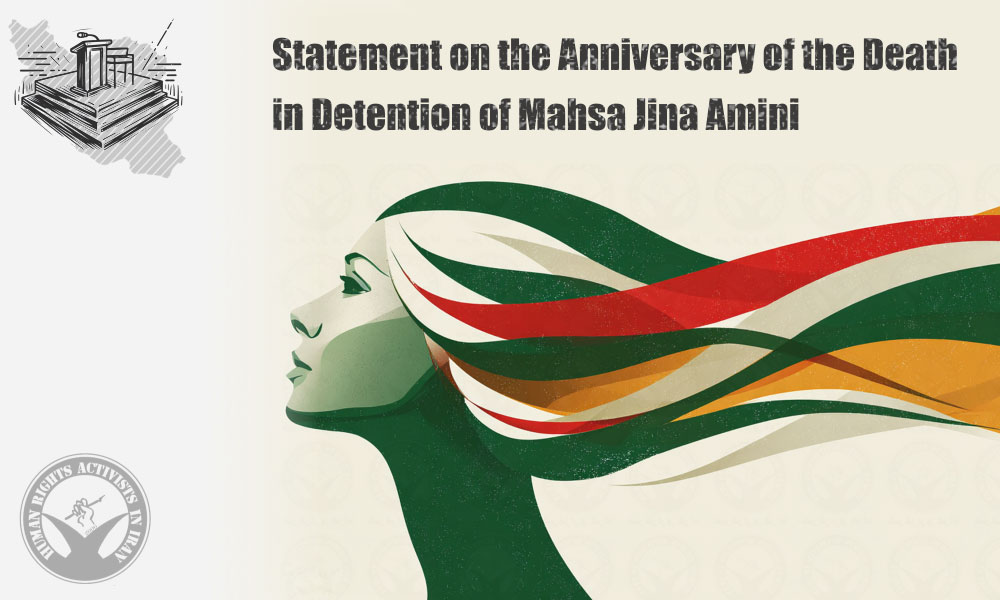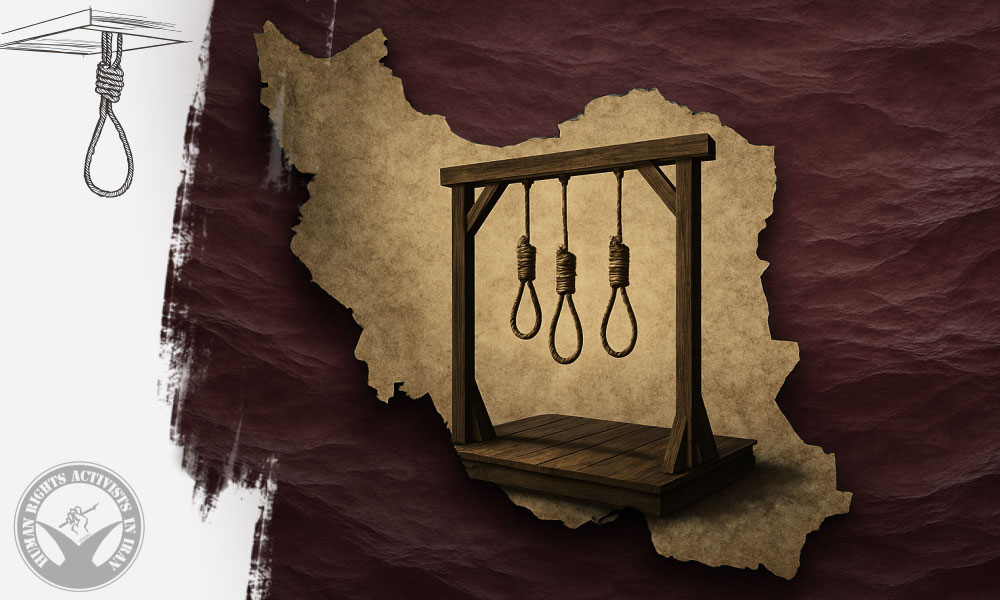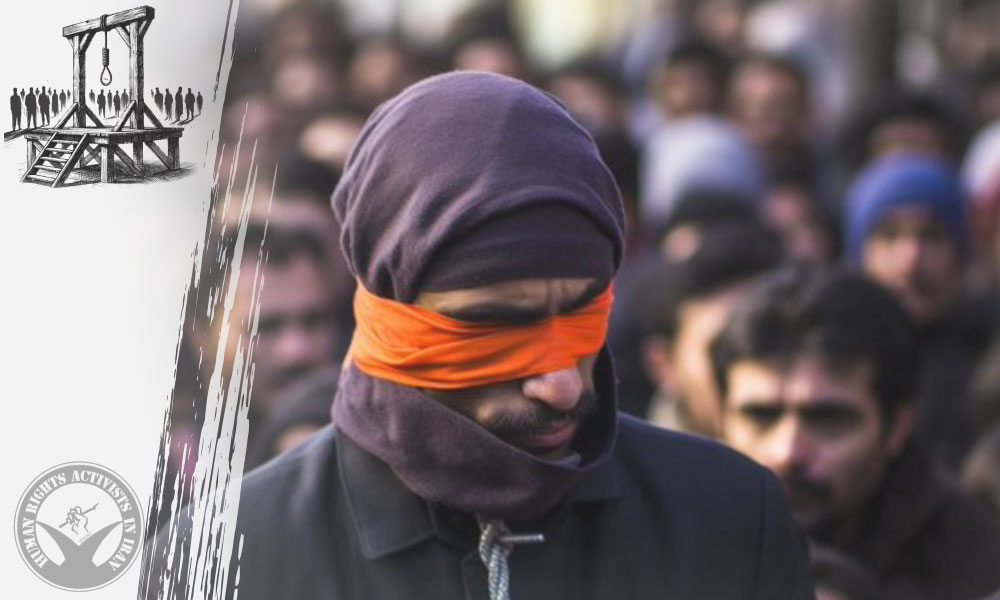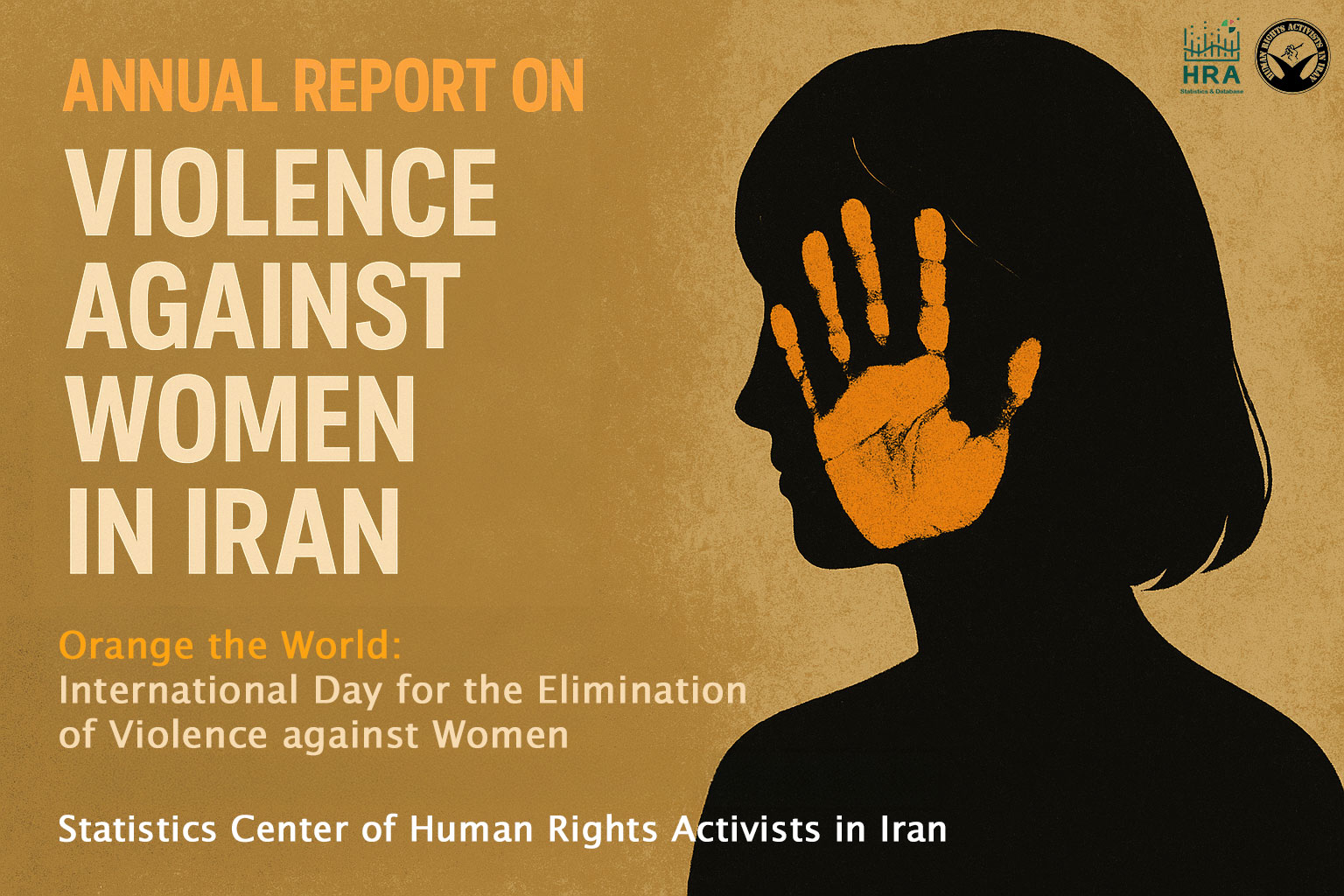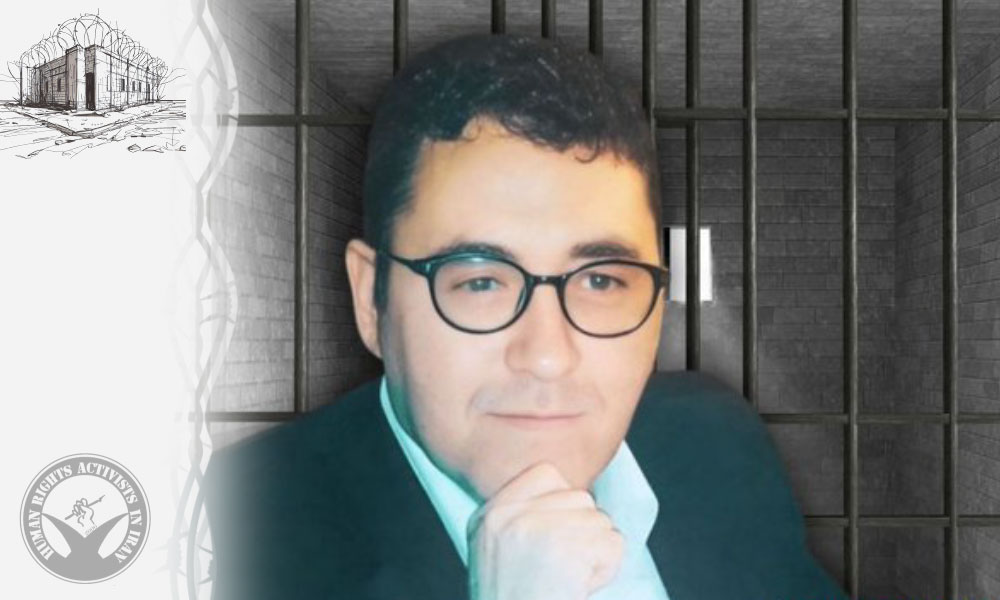HRANA– Three years ago, on September 16, 2022, Mahsa Jina Amini, a 22-year-old Kurdish-Iranian woman, died in the custody of Iran’s so-called “morality police” after being detained for allegedly wearing her hijab improperly. Mahsa’s brutal death in detention ignited the Woman, Life, Freedom movement, the largest wave of protests Iran had seen in decades.
As we approach the third anniversary, HRA seeks to shine a light on the progress of the movement despite ongoing repression at the hands of the State, and calls for accountability in light of ongoing impunity.
In its 2024 report, the International Independent Fact-Finding Mission on Iran (FFMI) concluded that the State was responsible, stating, “Based on the evidence and patterns of violence by the morality police in the enforcement of the mandatory hijab on women, the mission is satisfied that Ms. Amini was subjected to physical violence that led to her death. On that basis, the State bears responsibility for her unlawful death.”
While the FFMI’s findings make clear the State’s responsibility, there has been little to no justice for Mahsa’s death or the violent crackdown that followed. Still, in the face of impunity, the movement has endured, shifting from the streets into new forms of expression and defiance.
From the Streets to Cyberspace: The Movement Endures
Though the government’s brutal crackdown forced the majority of protests off the streets, the Woman, Life, Freedom movement has not ceased. It has transformed, and it is thriving.
Today, it lives in digital spaces and in acts of daily resistance. Women across Iran are increasingly visible without hijab in public places from Tehran’s markets and cafes to airports and bazaars, despite the State’s constant surveillance and repeated threats. Videos circulating online show women walking unveiled alongside peers who veil by choice, an image that powerfully illustrates a modern Iran, made only possible by the demands of the movement.
One woman, speaking with HRA on the status of mandatory hijab today, stated: “Every time I walk outside without a hijab, I know I risk harassment, arrest, or worse. But I also know that if I stay silent, nothing will ever change. This is not just about a piece of cloth, it is about dignity, choice, and the right to live as a free human being.”
The state has, indeed, sought to maintain control, deploying AI surveillance, reviving so-called morality patrols under new names, shuttering businesses, and attempting to codify the repressive Hijab and Chastity Bill. Yet enforcement has faltered. The widespread acts of defiance by Iranian women have significantly raised the political and social costs of enforcement. This shift has constrained the state’s capacity to implement its most punitive measures. Notably, in December 2024, authorities were compelled to delay the rollout of the Hijab and Chastity Bill; This is a testament to the enduring strength of the Woman, Life, Freedom movement. Even in the face of extraordinary repression and ongoing harassment, there is a clear impact of civil resistance.
Over the past three years, however, Human Rights Activists in Iran (HRA) have documented the profound toll of repression that followed both in the immediate aftermath of Mahsa’s death and throughout the movement. The numbers paint a picture that demands action.
• At least 552 people were killed during the height of the Woman, Life, Freedom protests between (09/2022-11/2022).
• According to government officials, at least 34,000 were arrested during the same period.
In the aftermath, as the street protests subsided;
• At least 12 detainees linked to the Woman, Life, Freedom protests have been executed, and 8 have been sentenced to death, currently awaiting execution.
• At least 33,818 people have reported confrontations with authorities, citing a warning for not observing proper hijab laws.
• 654 women have been arrested in relation to improper hijab.
• 1,386 businesses have been shut down either temporarily or permanently for allowing unveiled women onto their premises.
• 7 travel bans have been issued.
•Citizens continue to face summons, are subject to physical and psychological torture, including through coerced forced confessions, face travel bans, and, in at least one case, a 31-year-old mother of two was shot and left paralyzed after police opened fire on her vehicle, which had been flagged for impoundment under compulsory hijab enforcement.
Call to Action: Toward Accountability
Despite the progress Iranians have carved out for themselves, three years later, repression persists, with no accountability for the death in detention of Mahsa Jina Amini or for the crimes against humanity that followed, most notably gender persecution. This campaign of persecution has manifested in arbitrary arrests, torture, sexual and gender-based violence, enforced disappearances, and unlawful killings.
A Mother, whose daughter was killed by the police at the height of protests in 2022, told HRA, “The government may ignore us, may erase names from the news, may even threaten us into silence, but they cannot erase the consequences of what they have done.” She continued, “My daughters’ siblings ask us why no one is punished, why no trial is held, and why the killers walk free. We have no answer for them, only silence and tears. Our daughter is gone, but our pain is not; it stretches forward, shaping our lives.”
This ongoing impunity emboldens perpetrators and perpetuates cycles of abuse. The scale and nature of these violations require an urgent, coordinated international response.
Today, on the third anniversary of the death in detention of Mahsa Jina Amini, HRA calls for:
• Robust, targeted accountability efforts through the use of universal jurisdiction, particularly by states with the mandate and capacity to act, including but not limited to Germany, Sweden, Norway, and the United Kingdom. These jurisdictions have shown leadership in advancing justice for international crimes and should move swiftly to investigate crimes against humanity, including gender persecution, committed in Iran.
• The strategic and coordinated use of targeted human rights sanctions, ensuring that those most responsible, including low-level but high-impact perpetrators, are designated..
• The advancement of international investigative mechanisms, including strong support at the UN Human Rights Council for the work of the FFMI as a critical pathway to truth and accountability.
• Concrete support for survivors and families of victims, ensuring that their rights to truth, justice, and reparations are at the center of all accountability efforts.
• Sustained international pressure to ensure that Iran’s leadership cannot evade responsibility.
In Iran, the FFMI and independent investigations by civil society, including HRA in partnership with UpRights, have documented concrete evidence that persecution on the basis of gender, amounting to crimes against humanity, has taken place since at least September 16, 2022. States have a clear obligation under international law to investigate, prosecute, and remedy systematic human rights violations, including those amounting to violations of international law. The international community must act in line with these obligations, ensuring that accountability is not delayed or denied. The courage of Iranians has changed the social fabric of their country. The international community must match this bravery with decisive action.



